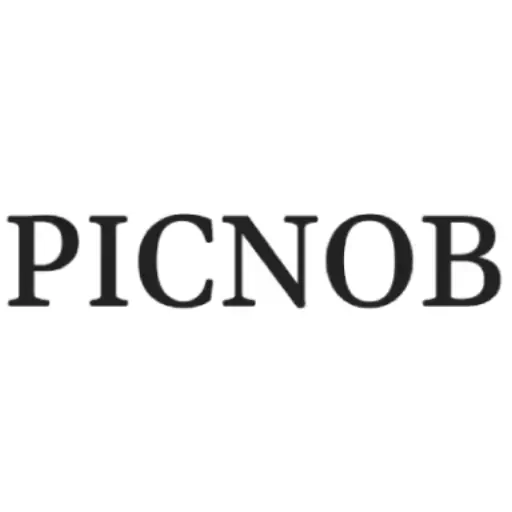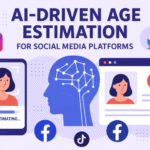From Likes to Influence: Understanding the Power of Social Media

In 2021, one TikTok clip helped a tiny soap shop sell out overnight. A single post reshaped a global conversation on climate change. These moments show how fast social media shifts power today.
Table Of Content
Likes and views are easy to count. They look impressive. But influence is something deeper. It means people take action—buy a product, change an opinion, or join a cause. That’s the real currency of the digital age.
Social media power is more than attention. It spreads information at lightning speed. It lets communities organize. It pulls influence away from traditional gatekeepers like TV, newspapers, and big ad budgets. Anyone with a phone can have a voice.
This article argues that social media is more than a trend—it’s a massive power shift. It impacts people, business, politics, and culture. It empowers, but it can also harm. We’ll break down how influence works, where it shows up, the dangers, and how to use it responsibly.
The Mechanisms of Influence: How the Power Works
Power online often starts with validation. A simple “like” triggers a dopamine hit. People crave approval, so they post more, creating a cycle of instant gratification. Over time, high engagement signals authority. When many people share or like something, it feels more trustworthy. This is social proof in action.
Behind the scenes, algorithms act as gatekeepers. Facebook, Instagram, TikTok, and X decide which content appears in feeds. They track behavior, then push what keeps people scrolling. This creates echo chambers—users see more of what they already agree with, while opposing ideas vanish from sight.
The speed of sharing sets social media apart from traditional media. News no longer needs a newsroom or print deadline. A video or meme can go global in minutes. One share multiplies into hundreds, then thousands. That rapid spread is both powerful and dangerous.
Influence in Action: The Impact Across Key Sectors
In business, social media has created the “creator economy.” Influencers now drive sales, whether they’re mega-stars with millions of followers or nano-influencers trusted in tight-knit communities. Brands skip traditional advertising by going direct to consumers, using lives, reels, and stories. A single customer review or complaint can now make or break reputation overnight.
Politics and activism have also changed. Social movements—from the Arab Spring to Black Lives Matter—used social platforms to organize and amplify voices. Politicians bypass traditional media, posting policy updates or livestreaming straight to citizens. That direct connection reshapes public debate.
Culture shifts faster than ever. TikTok dances, Instagram trends, and viral recipes define what’s “in.” Tools like Instagram Story Viewer show just how engaged people are with fleeting content. Social media also impacts health and identity—spreading body positivity and mental wellness tips, but also fueling unrealistic beauty standards and misinformation.
The Dark Side of Influence: Power’s Perils
The same tools that spread truth also spread lies. Fake news can race across platforms before fact-checkers can respond. Deepfake videos blur the line between real and fake, eroding trust.
The mental health toll is growing. Constant comparison to curated highlight reels can crush self-esteem. Cyberbullying and harassment thrive under anonymity. Algorithms that push similar views harden divisions, fueling polarization in politics and society.
There’s also the issue of privacy. Users are the product. Platforms sell personal data to advertisers, shaping what people see and believe. Influence runs on this hidden currency.
Mastering Social Media Power: A Guide for the User
For creators and businesses, authenticity is the secret weapon. People trust genuine voices over algorithm-chasing trends. The focus should be on content that informs, inspires, or entertains—not just content that racks up likes.
For individuals, digital literacy is key. Question the source of a post. Notice when content is sponsored. Protect mental health by curating feeds, muting harmful accounts, and setting screen limits.
And for everyone, ethics matter. Sponsored posts should be labeled. Sharing should come with responsibility. Influence can spark positive dialogue or fuel harm—the choice lies with the user.
Conclusion
Social media is both empowering and risky. It builds brands and movements, but also spreads lies and division.
The future points toward smaller, private communities and new tools powered by AI and the Metaverse. These shifts will bring fresh opportunities—and new challenges.
Every like, share, and comment fuels this system. The call to action is simple: be a conscious participant. Use social media wisely, critically, and responsibly. Influence is power—and we all hold some of it.



